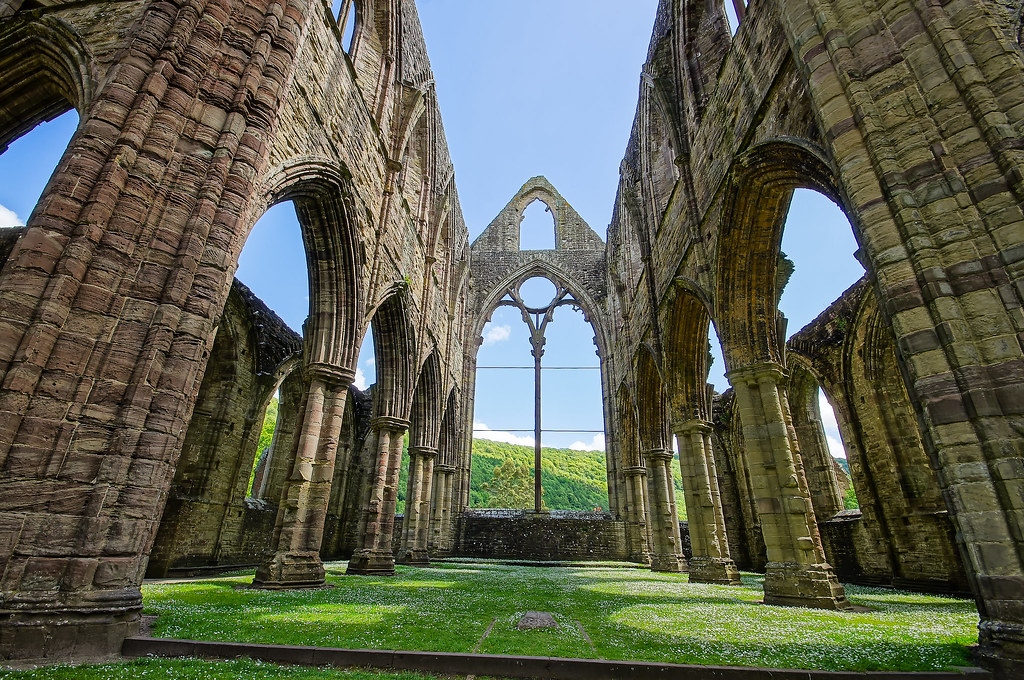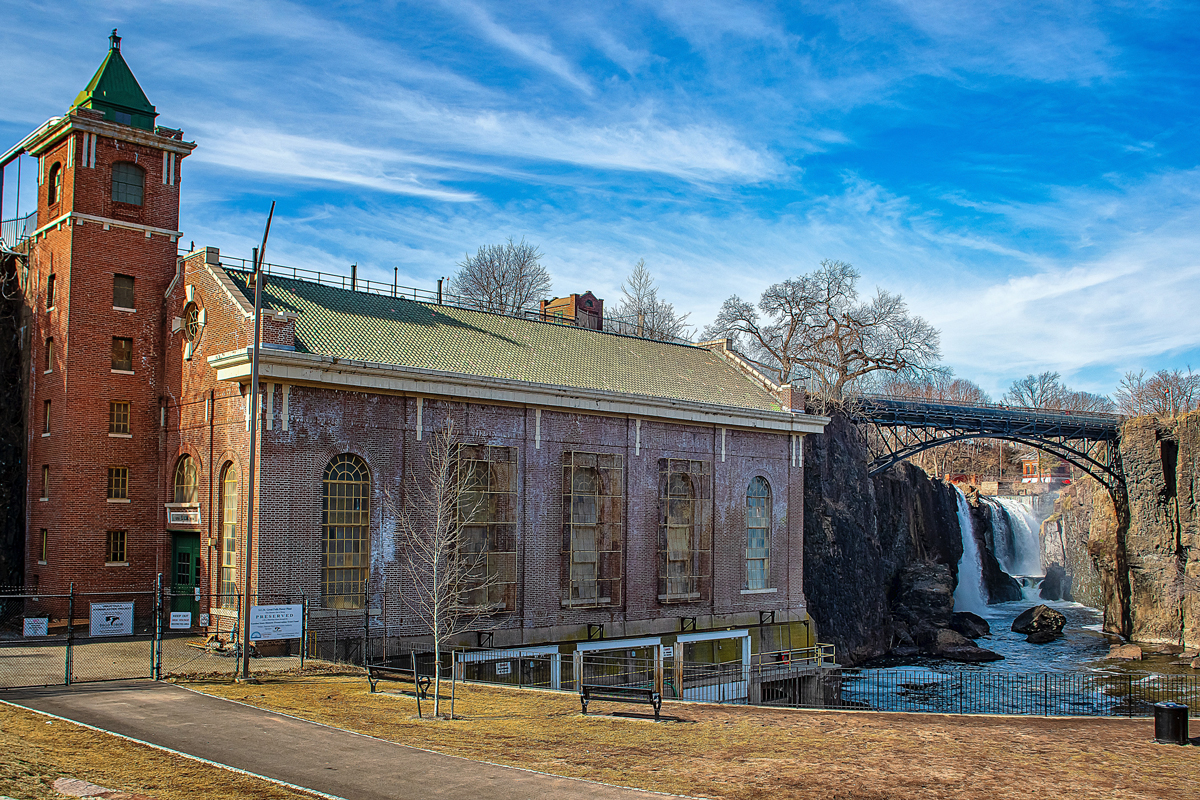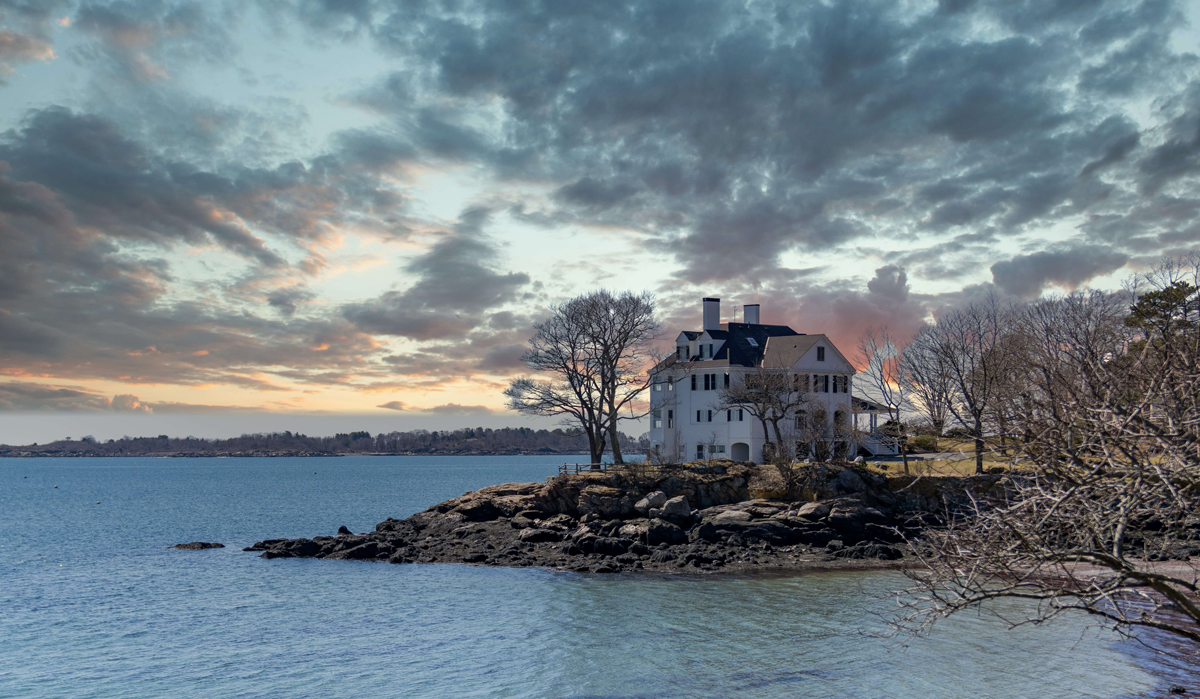3 Places Made Famous by Poetry
Oftentimes, famous places inspire beautiful poetry as writers draw inspiration from well-known landmarks or historical sites. But sometimes, inspiration is found in more remote or overlooked locales. This was the case for such poets as William Wordsworth, William Carlos Williams, and Charles Olson. These poets found muses in the places that mattered to them in their personal lives, and in doing so, put them on the map for others to see and appreciate. Their poetry and prose highlighted rich stories, playing upon both the historical and personal perspectives for each writer. Let’s explore three places made famous by these poets through their own imaginative eyes.
Tintern Abbey
The Tintern Abbey ruins, once a 12th century monastery, are located in a remote setting in the Wye River Valley. They served as inspiration for many romantic poets, one of the most notable being William Wordsworth. The Abbey had fallen into ruin in the 16th century, but many artists were inspired by the rich history and striking beauty of the secluded, old monastery in the countryside. Wordsworth’s famous poem, Lines Written a Few Miles above Tintern Abbey, on Revisiting the Banks of the Wye during a Tour, was written five years after Wordsworth’s initial visit. Tintern Abbey’s cliffs, secluded springs, and breathtaking views were the backdrop for the poet to reflect on how much he had changed since his last visit, and yet how the beauty of nature has the power to reconnect us to a deeper awe of the world around us and our place in it. Tintern Abbey’s romantic ruins inspired reflective poetry and rich art from the creatives who explored its grounds.

Paterson, NJ
Paterson, New Jersey was founded in 1791 by Alexander Hamilton and was nicknamed “Silk City” during the Industrial Revolution. The city and the surrounding Passaic Falls area would go on to be the inspiration for a five-volume epic poetry collection, known collectively as Patterson, written by William Carlos Williams. Williams drew on the historical and natural influences of the town while also creating a mythical character living within the city, thus using his imagination and personal experiences to reinterpret the history and meaning of the city. Williams wrote in an author’s note, “A man in himself is a city, beginning, seeking, achieving and concluding his life in ways which the various aspects of a city may embody—if imaginatively conceived—any city, all the details of which may be made to voice his most intimate convictions.” Williams was a firm believer that inspiration could be found anywhere, and he drew heavily on his surroundings for his own body of work.

Gloucester, MA
In his Maximus poems, Charles Olson uses person and place to represent self and city. Through the character Maximus, Olson explores personal experiences while also bringing in local history and advocating for the preservation of the wetlands. As a boy, Olson spent his summers in Gloucester and eventually moved there permanently in 1957. Olson looked to highlight and represent the people of Gloucester through his writing while also intertwining the city’s rich past with his own personal experiences. He spent the last several years of his life writing his Maximus poems and drawing upon the city’s influence for inspiration. Today, casual tourists and poetry-fanatics alike can visit the Maud / Olson Library, a library dedicated to the life and work of Charles Olson, where visitors can “sit at Olson’s desk overlooking Gloucester Harbor and read the books that interested, intrigued and inspired Charles Olson.”

Poetry can bring a place to life through its reinvigorating storytelling and attention to detail. This was certainly the case for these poets and places. Can you think of other places that were made famous through the lines of a poem? Let us know in the comments.



